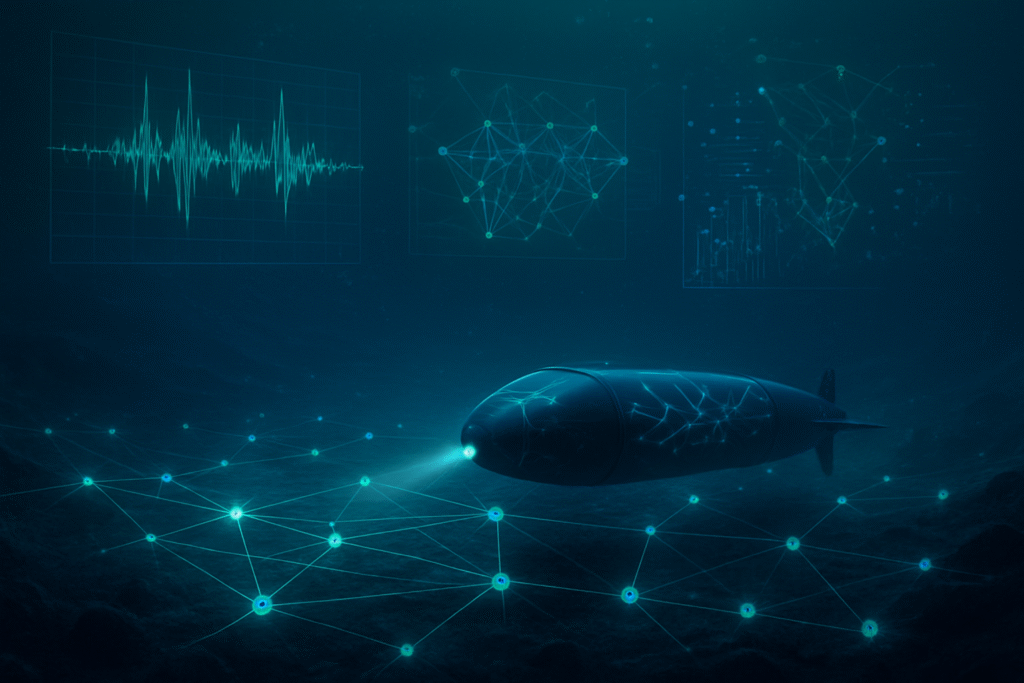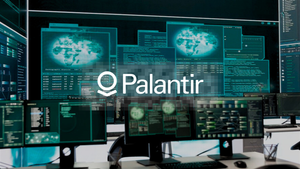
SeaBird Exploration, a wholly owned subsidiary of SED Energy Holdings, has announced a significant contract extension for its seismic survey vessel, the Fulmar Explorer. The extension, revealed on November 12, 2025, solidifies the vessel's role in crucial ocean bottom node (OBN) source work in the Western Hemisphere, extending its firm contract period until mid-March 2026, with options for further extension until mid-June 2026. While the immediate focus is on operational continuity and revenue for SeaBird, this development underscores the continuous evolution of marine exploration technology and its increasing reliance on sophisticated data acquisition, setting the stage for more advanced, potentially AI-driven, analysis in the future.
This contract extension is more than just a business transaction; it highlights the enduring demand for high-quality seismic data in the energy sector and the specialized capabilities required to obtain it. The Fulmar Explorer's continued deployment for OBN source work signifies the industry's commitment to detailed subsurface imaging, a process that generates massive datasets ripe for advanced processing and interpretation techniques.
Unpacking the Technological Underpinnings of OBN Source Work
The Fulmar Explorer's role as a high-end OBN source vessel is central to modern marine seismic exploration. OBN technology represents a significant leap from traditional towed streamer seismic surveys, offering superior data quality and imaging capabilities, especially in complex geological settings or areas with obstructions. The vessel is equipped with advanced features, including "nine gun strings, high volume triple source, and redundancy," which are critical for delivering the powerful, consistent acoustic signals required for OBN operations. These signals penetrate the seabed, and the reflections are recorded by nodes placed directly on the ocean floor, providing a more comprehensive and accurate subsurface picture.
Unlike towed streamers, OBN systems offer wider azimuth and offset coverage, leading to improved illumination of complex structures and better signal-to-noise ratios. This detailed data is crucial for identifying new reserves, optimizing existing production, and enhancing reservoir management. While the contract extension itself doesn't explicitly mention AI, the sheer volume and complexity of the data generated by OBN surveys make them an ideal candidate for AI and machine learning applications. AI algorithms can significantly accelerate and enhance the processing and interpretation phases, identifying subtle geological features that might be missed by human eyes, improving inversion results, and reducing the time from data acquisition to actionable insights. The ability to perform "feasibility studies, modelling, survey planning and acquisition, processing and interpretation of seismic data" as part of SeaBird Exploration's broader service offering indicates a strong foundation for integrating such advanced analytical methods, even if not yet fully deployed in real-time acquisition for this specific contract.
Competitive Edge and Market Implications for the Energy Sector
This contract extension provides a strong operational backlog and revenue stability for SeaBird Exploration (OSX: SEABIRD), reinforcing its position as a key provider of specialized seismic source vessel services. In a competitive market, securing long-term contracts for high-demand OBN work demonstrates the company's reliability and the quality of its fleet. For the broader energy industry, the continued deployment of advanced vessels like the Fulmar Explorer ensures the availability of critical data necessary for exploration and production decisions, indirectly benefiting oil and gas companies reliant on these services.
The strategic advantage lies in the Fulmar Explorer's specialized configuration for OBN source work, a segment of the seismic market known for its higher value and technical demands. Companies that can consistently deliver robust and reliable technological solutions, as emphasized by SeaBird Exploration, will maintain a competitive edge. While SeaBird Exploration primarily focuses on data acquisition, the implications extend to technology providers developing software for seismic data processing and interpretation. The increasing volume and quality of OBN data create a fertile ground for AI startups and tech giants offering advanced analytics platforms, potentially disrupting traditional workflows and fostering new partnerships between seismic contractors and AI solution providers.
Broader Significance in the AI and Marine Technology Landscape
The Fulmar Explorer's contract extension, while not directly an AI announcement, is a testament to the ongoing technological advancements in marine exploration, which are increasingly intertwined with AI's broader impact on data-intensive industries. The ability to efficiently and accurately map the seafloor and subsurface is vital for global energy security, infrastructure development (e.g., offshore wind farms), and environmental monitoring. The evolution from basic 2D seismic to complex 3D and 4D OBN surveys reflects a continuous drive for higher resolution and more comprehensive data, a trend that naturally converges with the capabilities of AI.
AI's role in the wider marine landscape extends beyond just seismic interpretation. It's being applied to autonomous underwater vehicles (AUVs) for mapping and inspection, optimizing shipping routes, and even monitoring marine ecosystems. While SeaBird Exploration's current focus is on reliable data acquisition, the massive datasets generated by the Fulmar Explorer's operations are precisely the kind of "big data" that AI thrives on. The industry is moving towards faster, more accurate, and more environmentally friendly exploration, and advanced data processing, often powered by AI, is a key enabler. This development fits into a broader trend where every sector that generates large volumes of complex data is looking towards AI for efficiency, insight, and competitive advantage.
Charting Future Developments in Marine Exploration
Looking ahead, the marine exploration sector is poised for further transformative developments, with AI playing an increasingly central role. We can expect to see near-term advancements in AI-powered real-time quality control during data acquisition, allowing for immediate adjustments to survey parameters and reducing costly re-shoots. Long-term, the integration of AI could lead to fully autonomous seismic surveys, where AUVs and unmanned surface vessels (USVs) deploy and retrieve OBNs, and AI systems process and interpret data on the fly, providing immediate subsurface models.
Potential applications on the horizon include predictive maintenance for marine vessels and equipment, optimizing energy consumption during surveys, and even AI-driven environmental impact assessments. Challenges remain, particularly in developing robust AI models that can handle the sheer variability and noise inherent in marine seismic data, and ensuring data security and privacy. Experts predict a future where the line between data acquisition and data interpretation blurs, with AI facilitating a continuous feedback loop that makes exploration more efficient, precise, and sustainable. The ongoing need for high-quality data, as demonstrated by the Fulmar Explorer's contract, will fuel these innovations.
A Foundation for Future AI Integration in Marine Exploration
The contract extension for SeaBird Exploration's Fulmar Explorer is a clear indicator of sustained activity in marine seismic exploration, particularly in the high-value OBN segment. While the announcement itself focuses on operational continuity and the vessel's technical capabilities, its significance in the broader AI landscape is profound. The data-intensive nature of OBN source work provides a critical foundation for future AI integration, enabling more efficient processing, deeper insights, and ultimately, more informed decision-making in the energy sector.
This development underscores the continuous evolution of marine exploration technology, where robust data acquisition forms the bedrock for advanced analytical techniques. As AI capabilities mature, we can anticipate a future where vessels like the Fulmar Explorer not only gather data but also contribute to an intelligent ecosystem that interprets, predicts, and optimizes exploration efforts in real-time. The coming weeks and months will likely see continued investment in both advanced acquisition platforms and the AI solutions designed to unlock their full potential, solidifying the symbiotic relationship between cutting-edge marine technology and artificial intelligence.
This content is intended for informational purposes only and represents analysis of current AI developments.
TokenRing AI delivers enterprise-grade solutions for multi-agent AI workflow orchestration, AI-powered development tools, and seamless remote collaboration platforms.
For more information, visit https://www.tokenring.ai/.





